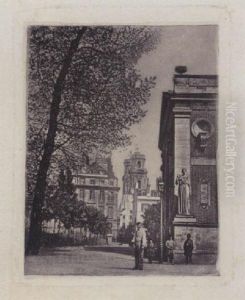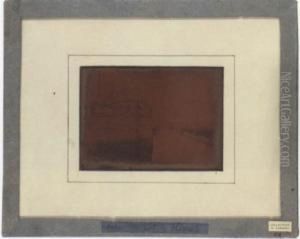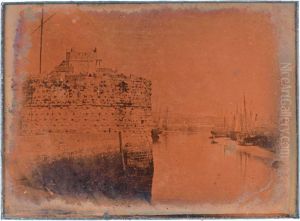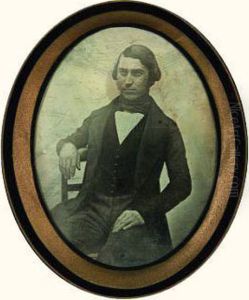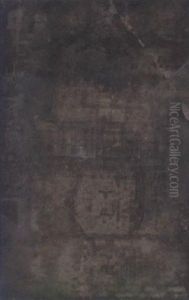Hippolyte Louis Ar. Fizeau Paintings
Hippolyte Louis Armand Fizeau is not known as an artist in the traditional sense of painters or sculptors, but rather as a pioneering figure in the field of physics—specifically in the areas of optics and the speed of light. Born on September 23, 1819, in Paris, France, Fizeau became interested in the sciences at a young age. He initially studied medicine but was drawn to the scientific inquiries of the day, and eventually, he shifted his focus to physics.
Fizeau's work in physics was groundbreaking, particularly his experiments to measure the speed of light. In 1849, he conducted an experiment that involved shining a light beam to a mirror several kilometers away and measuring the time it took for the light to return. By using a rotating toothed wheel, Fizeau was able to calculate the speed of light with remarkable accuracy for his time. His measurement was only about 5% off from what is considered the true value today.
Beyond his work on the speed of light, Fizeau also made significant contributions to the understanding of the Doppler effect in optics and was one of the first people to suggest the viability of photography for scientific purposes. His interests were not limited to theoretical physics; he also invented and improved upon several scientific instruments. Fizeau's work laid important foundations for later scientists, including Albert A. Michelson, who further refined the measurement of the speed of light and won the Nobel Prize in Physics in part for this work.
Fizeau's achievements were recognized in his time. He was awarded the Rumford Medal by the Royal Society of London in 1856 and was elected to the French Academy of Sciences. He continued working and contributing to science until his death on September 18, 1896, in Venteuil, France. While Fizeau may not be remembered as an artist, his precision and creativity in the realm of experimental physics display an artistry of their own, deeply impacting the development of modern physics.
